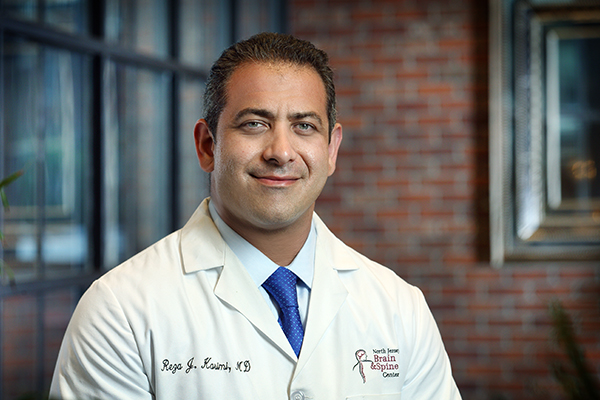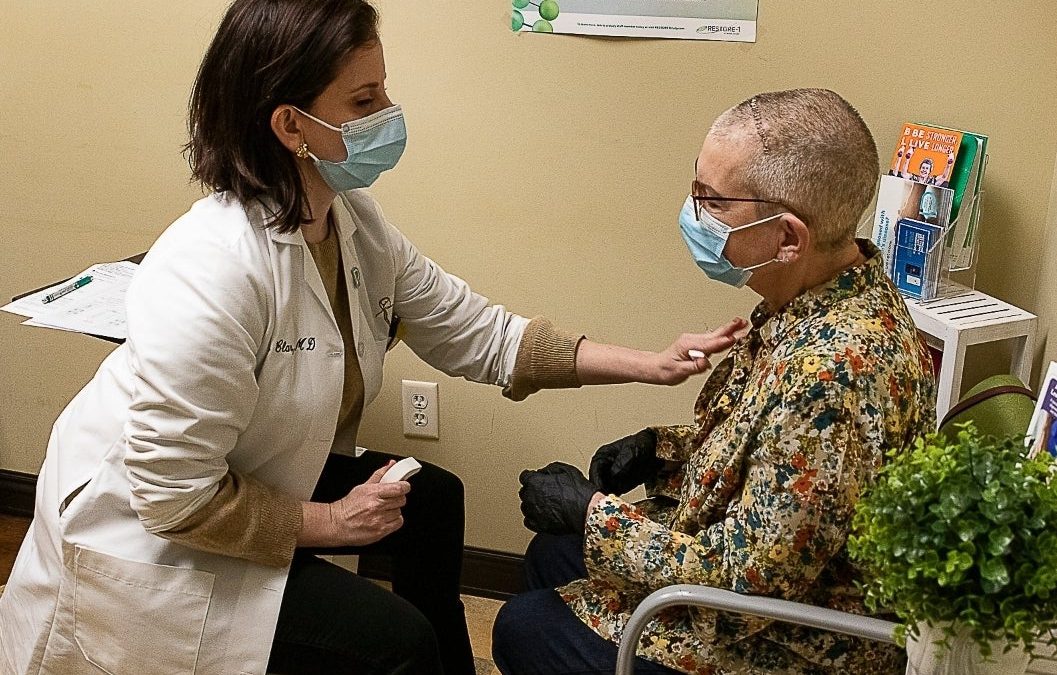Review some of the most commonly asked questions about Discectomies:
What is a discectomy?
A discectomy is a surgical procedure that is performed to remove a herniated, or displaced, portion of a spinal disc in the neck, lower back or upper back. A herniated disc can press on and irritate nearby nerves causing arm or leg pain. During the procedure, the surgeon will remove the piece of disc that is compressing the nerve, using a surgical microscope and small instruments..
This surgery works best for treating pain traveling down the legs or arms, which stems from a compressed nerve in the spine. It is important to note that this procedure is not as helpful for treating isolated neck or back pain.
A doctor might suggest a discectomy if symptoms are severe or if nonsurgical treatments have not helped.
When is a discectomy recommended?
A discectomy is sometimes recommended when a patient has a herniated disc, also known as ruptured, slipped or bulging disc, that is putting pressure on a spinal nerve. Your surgeon may recommend a discectomy if you experience the following:
- Pain traveling into the legs, arms or buttocks which becomes unbearable
- Steroid injections and/or physical therapy has failed to relieve pain after several weeks
- Trouble walking or standing from muscle weakness
- There is worsening weakness, numbness or loss of bowel/bladder function
What are the risks for a discectomy?
Discectomies are considered safe and low risk procedures. Most patients do very well following the procedure, with substantial relief of their nerve pain. However, as with any surgery, a discectomy carries some risk of complications. Potential complications can include the following:
- Spinal fluid leak
- Infection
- Bleeding
- Injured blood vessels or nerves near the spine
- Recurrence of a disc herniation later in life
- Persistent pain, numbness or weakness
How do you prepare for a discectomy?
In order to prepare for the procedure, you will most likely need to avoid drinking or eating for 8 hours prior to the surgery. Your doctor will provide specific instructions, such as adjusting your blood-thinning medications before the surgery.
What happens during a discectomy?
Discectomies are typically performed with general anesthesia, the patient will be completely asleep for the procedure. A small incision is made in the skin and a microscope is used to access the spinal disc. Spinal ligaments and a small area of bone may need to be removed in order to reach the herniated disc. The herniated disc is removed with small instruments and the nerve is decompressed and inspected. The surgery can be done in under one hour or may take longer depending on each patient’s case.
What happens after a discectomy?
After the surgery is completed, the patient is moved to a recovery room where they will awaken after anesthesia.. A short hospital stay may be needed for those who have serious medical conditions or a longer more complex surgery. Patients with less serious medical conditions may be able to go home the day of the procedure. There will be some back discomfort for up to a week or two after surgery, controllable with pain medications when needed.
Depending on your occupation, you may be able to return to work within two to three weeks. However, if your job entails lifting heavy objects, you may have to wait six to eight weeks before returning to work.








